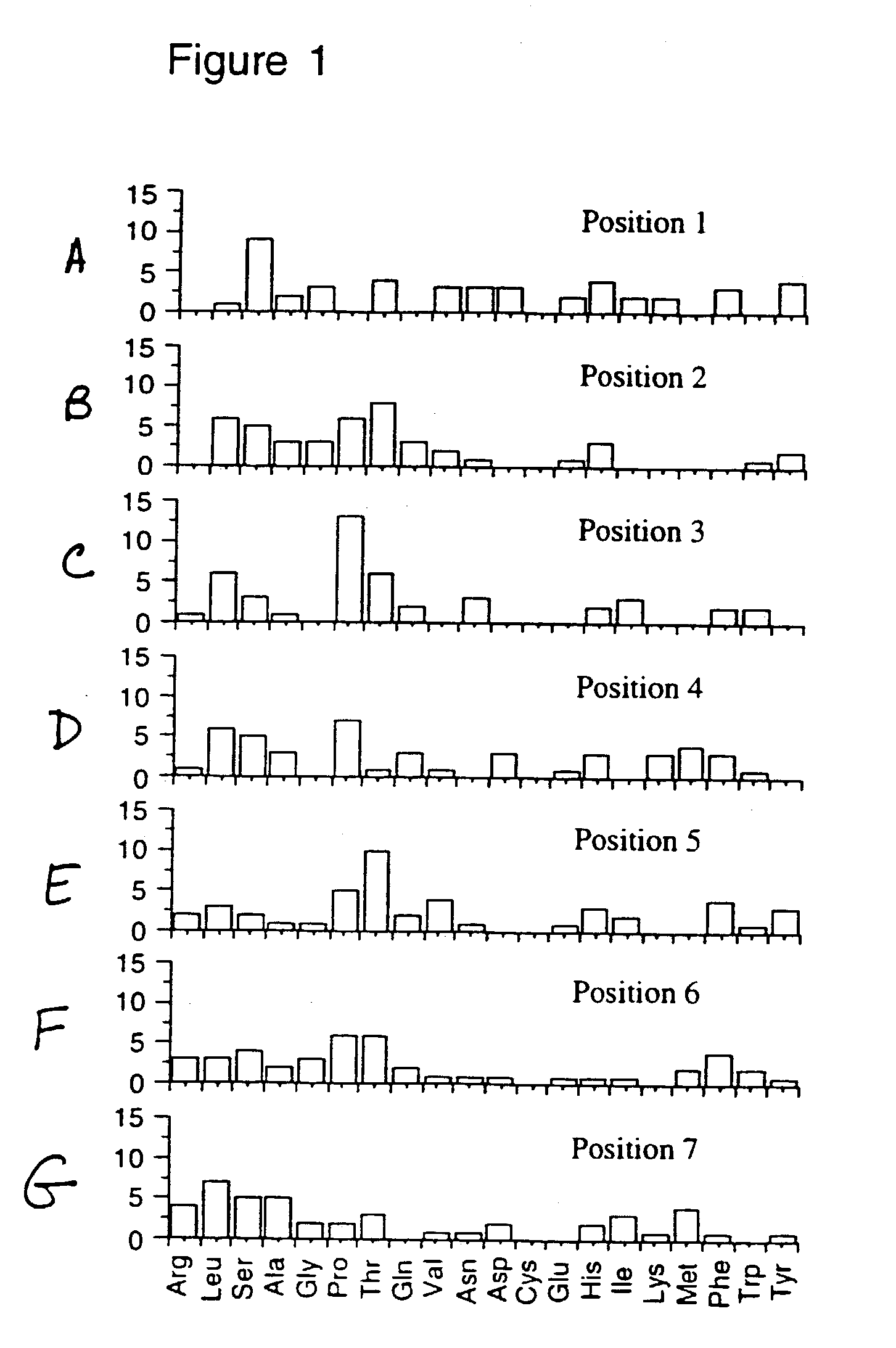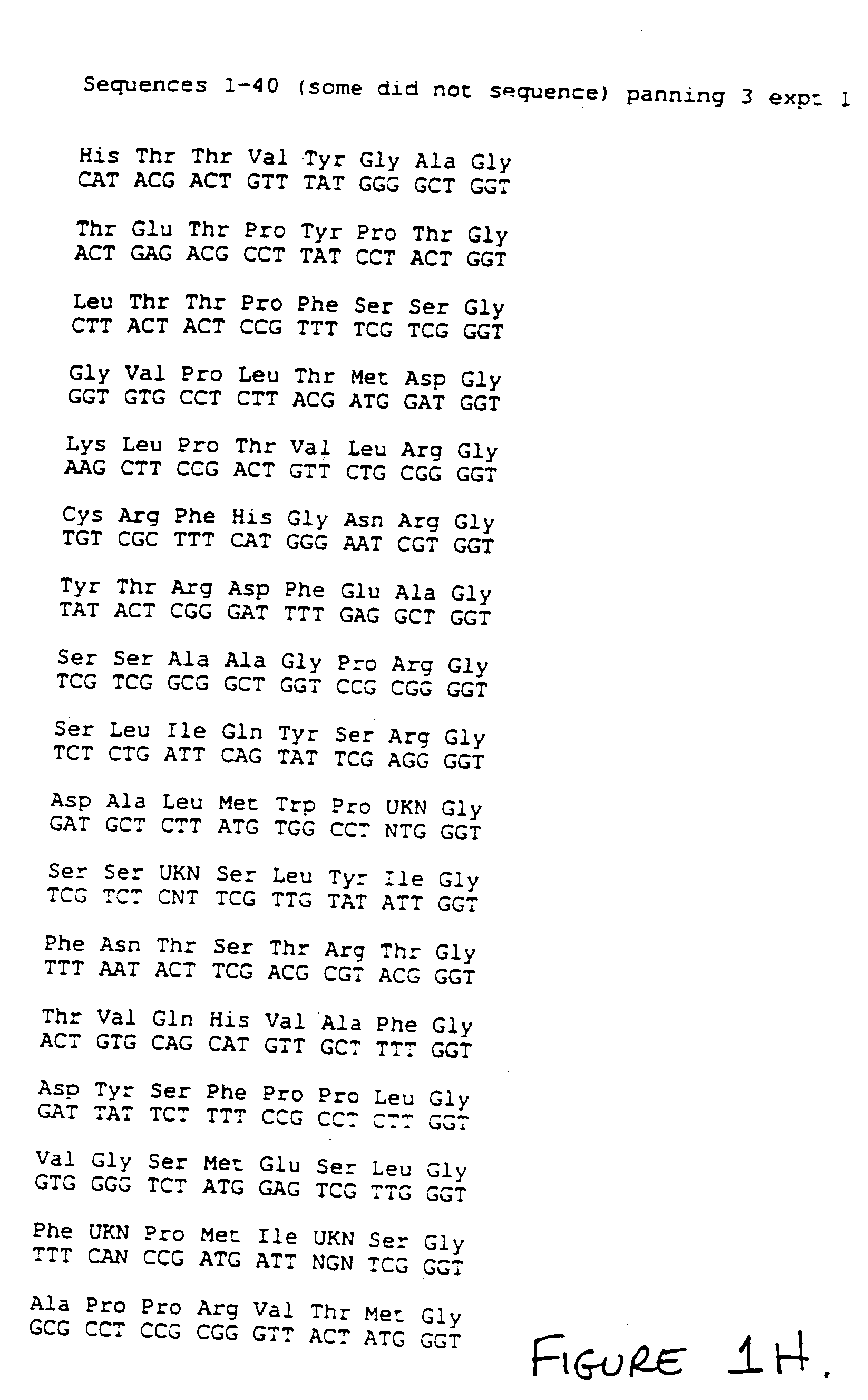Conjugate heat shock protein-binding peptides
a technology of heat shock protein and binding peptide, which is applied in the field of conjugating heat shock protein binding peptides, can solve the problems of affecting the chaperone function of hsp90, requiring a new gp96 preparation for each patient, and no evidence of time-consuming procedure success
- Summary
- Abstract
- Description
- Claims
- Application Information
AI Technical Summary
Benefits of technology
Problems solved by technology
Method used
Image
Examples
Embodiment Construction
[0035] For purposes of clarity of presentation, and not by way of limitation, the detailed description of the invention is divided into the following subsections:
[0036] (i) methods for identifying tethers;
[0037] (ii) conjugate peptides; and
[0038] (iii) methods of using conjugate peptides.
5.1 Methods for Identifying Tethers
[0039] The present invention provides for methods for identifying a tether which may be comprised, together with an antigenic peptide, in a conjugate peptide. The conjugate peptide, via the tether, may then associate with a heat shock protein in vitro and / or in vivo.
[0040] Identification of suitable tethers may be achieved through the technique of affinity panning, using an expression library such as a filamentous phage expression library, to identify cloned peptides which bind to a heat shock protein. Suitable phage display libraries include, but are not limited to, the "Ph.D. Phage Display Peptide Library Kit" (Catalog #8100, New England BioLabs), the "Ph.D.-12 P...
PUM
| Property | Measurement | Unit |
|---|---|---|
| ionic strength | aaaaa | aaaaa |
| diameter | aaaaa | aaaaa |
| pH | aaaaa | aaaaa |
Abstract
Description
Claims
Application Information
 Login to View More
Login to View More - R&D
- Intellectual Property
- Life Sciences
- Materials
- Tech Scout
- Unparalleled Data Quality
- Higher Quality Content
- 60% Fewer Hallucinations
Browse by: Latest US Patents, China's latest patents, Technical Efficacy Thesaurus, Application Domain, Technology Topic, Popular Technical Reports.
© 2025 PatSnap. All rights reserved.Legal|Privacy policy|Modern Slavery Act Transparency Statement|Sitemap|About US| Contact US: help@patsnap.com



